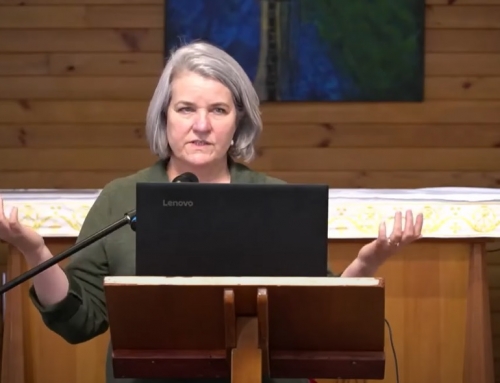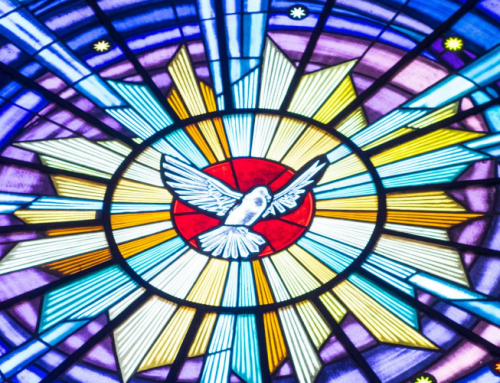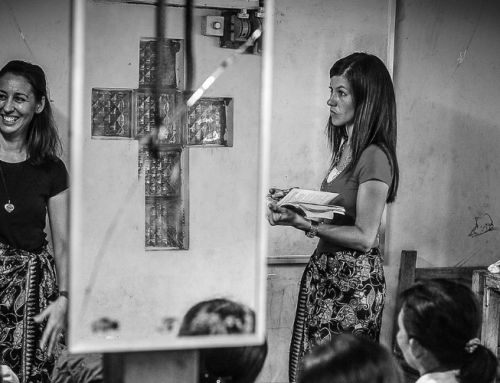Why not allow married priests in order to attract more vocations? A new book answers 30 common questions.
By John Flynn, LCZenit
January 25,2013
To read the full article: here
ROME, January 25, 2013 (Zenit.org) – Why can’t priests marry? It’s a question people often ask and the requirement of celibacy has also been blamed as one of the causes of sexual abuse by priests.
A recently published translation of an Italian book addresses the topic in a question and answer format, “Married Priests? Thirty Crucial Questions about Celibacy” (Ignatius Press). It is edited by Arturo Cattaneo, with contributions from a wide variety of scholars.
We are faced with a great educational challenge in explaining the Church’s teaching on priestly celibacy, admitted Cardinal Mauro Piacenza, prefect of the Congregation for the Clergy.
He likened celibacy to marriage. “The underlying logic of priestly celibacy is the same one we encounter in Christian matrimony: the total gift of everything forever in love.”
From the historical aspect the book noted that Christ chose celibacy for himself even though among the Jews this state of life was seen as a humiliation. He did not generate children physically but loved his disciples as brethren and shared a common life with them.
Jesus’ way of communicating life was not through physical generation but spiritual. Therefore the celibacy of those who follow Jesus in the priesthood must be understood in the perspective of this spiritual transmission of eternal life.
One of the questions deals with the affirmation that celibacy did not become obligatory until the Middle Ages. For a start, the explanation noted, there is considerable Biblical evidence, both in the Gospels and the letters of St Paul, of support for celibacy as a sign of witness.
While it is true that during the early centuries married men were ordained, after their ordination they were expected to practice continence and those who were single at ordination or those widowed after ordination were not permitted to marry once they were priests.
All deacons, priests and bishops, the explanation continued, had to refrain from sexual activity from the day of ordination. “Nowhere in the Church can it be proved that a married cleric legitimately begat children after his ordination.”
Over time the Church realized that continence for married clerics was problematic regarding the sacramentality of marriage and so during the Middle Ages this led to the decision of requiring priests to be single.
Vocations
Why not allow married priests in order to attract more vocations? This, the book observed, is one of the most frequent arguments regarding celibacy. There is no evidence, however, “that requiring less of candidates to the priesthood leads to increased numbers of them,” the answer replied.
“Experience proves the contrary instead: vocations to the priesthood flourish and multiply when the radical gospel message is welcomed consistently and unapologetically.”
The requirement of celibacy is not a dogma, another section of the book admitted, but this does not mean it is a merely disciplinary measure. Celibacy means that the priest should be similar to Christ and live as he did.
Jesus regarded himself as the “Bridegroom” of the whole community of believers. The explanation referred to Paul’s letter to the Ephesians (5:21-33) that uses the image of marriage for the union between Christ and the Church.
Is not celibacy unnatural and the cause of crises among priests? In the answer to this question the author, in this case Manfred Lütz, a doctor of medicine in psychiatry, explained that the question is based on an erroneous premise. What about all the people who are unmarried – are they all unnatural?
The celibate life only becomes unnatural when being single turns into isolated selfishness or narcissism, Lütz continued.
These explanations and the other questions and answers make this book a valuable resource at a time of continued debate over celibacy.
To read the full article: here



